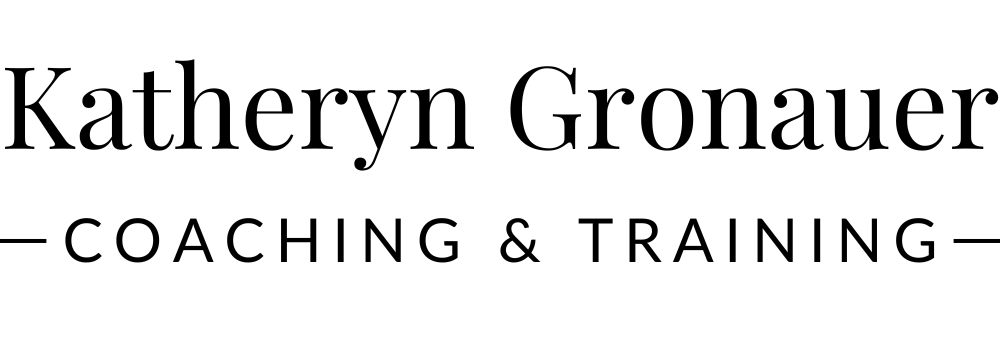The Secret Sauce to Goal Setting: Creating Your New Identity
Strategizing how to reach your goals is great, but whether or not you follow through may come down to your identity
What does it mean to create a new identity?
Sometimes the gap between setting a goal for yourself and following through all comes down to whether or not you believe you’re the kind of person who can accomplish them.
For example, let’s say that you hate confrontation. This could be taking the chance to share your ideas with intimidating stakeholders, to being taken off guard with questioning during meetings. You make it a goal for yourself to share your perspective no matter what in your upcoming meetings. But you keep finding yourself unable to follow through.
The gap in this case is that you believe that you are the kind of person who hates confrontation, so even though you’ve set a goal for yourself, you continue to behave like a person who is confrontation-avoidant.
Why is it important to create a new identity when you’re thinking of your goals?
Goals are not necessarily set in stone; they’re more like a North Star that gives you a sense of direction in terms of where you want to go, and we can only come up with the tasks that are most likely to help us achieve that goal.
Instead of being goal-focused, being identity-focused helps you uncover new approaches and behaviors that you may not have thought of when you were strategizing your tasks.
For example, let’s say you want to get into the habit of running as a means of fitness, and you set a goal for yourself to run daily.
If you focus instead of identifying yourself as a “Runner”, you may come across other things you can do to help you improve your running or follow through with running. Maybe you know that Runners join groups. Maybe you know that Runners register for races. Maybe you know that Runners train daily no matter how tired they are or what the weather conditions are like. Maybe you know that Runners enjoy certain sneakers which helps makes it easier to stay consistent.
These are all things that Runners do that may help you follow through with your goal once you start thinking like a Runner instead of thinking of yourself as a non-runner who is just trying to get some exercise.
The BE-DO-HAVE Model
In coaching, one model we use is the BE-DO-HAVE model.
Typically, when a person is setting a goal, they think about what they want to HAVE, and what they need to DO to get there.
Using the fitness example, let’s say you want to HAVE a fit body, and to get there you need to DO running X times per week.
In coaching, we take this one step further to create the identity element, also known as BE. Who do you want to BE? The example, in this case, is that you want to BE a Runner.
We can’t guarantee what you will HAVE through any one particular action alone, because we aren’t sure if what you choose to DO will help you achieve what you want to HAVE. But if you can focus on who you want to BE and then take as much action DOing what people with that identity do, then you’re more likely to have the outcome that you’re looking for.
How determining your identity helps you thrive as a Leader
It’s that common saying: What got you here won’t get you there.
To reach your next level of growth, you’re building your character. To see successes you haven’t mastered before, you need to try new things. And following through with those actions becomes more possible when you choose to embody the person you want to become.
You could call it “fake it until you make it”, I wouldn’t discount any of your experiences up until this point. You’re in your position for a reason and it’s because you have the ability to step into the leader for the situation.


